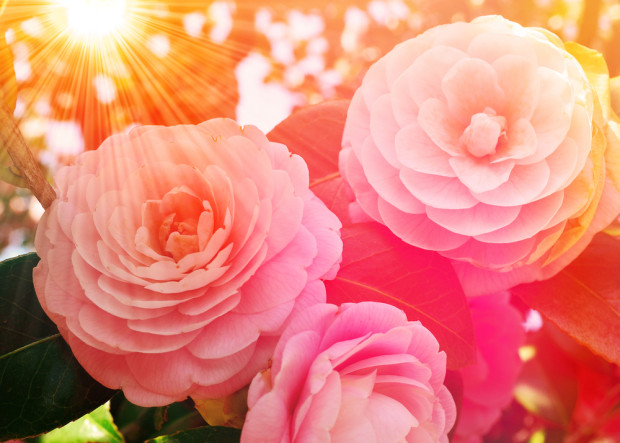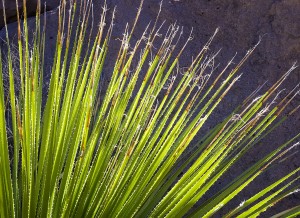Enchanting Camellias for Color and Fragrance
There are a variety of reasons to grow gorgeous flowering Camellias, whose enchanting blooms cause gardeners to swoon. These sturdy evergreen shrubs bloom when many other plants don’t — in winter and in the shade. Plus, they are relatively easy to grow. With so many varieties on the market, which one, or two or three, should you select for your landscape?
A Variety for Every Space
Depending on the size of your space will be the main factor in which variety you choose. In smaller environments that might need a plant to cover some ground, choose a low-growing, spreading camellia such as ‘Chansonette’. Topping out at only three-feet tall, its most unique feature is its cascading growth habit that spreads to eight feet wide making it an excellent groundcover. This unique variety blooms early in fall with bright pink double flowers that are truly breathtaking.
Looking for a camellia specimen more traditional in height of to cover an unsightly fence or act as a focal point in a cool season garden bed? One variety often overlooked is ‘Setsugekka’. While it does feature much smaller foliage on its 8 to 10 foot frame, it more than makes up for it with a profusion of pure white blooms with a tiny bit of pale pink on the ruffled edges, and bright yellow stamens. Looking for a beautifully scented camellia variety? ‘High Fragrance’ won’t disappoint with it’s pale pink, scented blooms that burst forth in late winter when many other plants are dormant and bloom through early spring. Plant in high traffic areas to show off its scent.
Companions & Care of Camellias
Camellias are considered shade-loving plants, but for reliable blooms, they’ll require a bit of sun. Solve this problem in warmer climates by planting in an east facing shade garden with morning sun and afternoon shade. These stately shrubs do need good drainage and decent quality soil with a slightly acidic pH to thrive. If your camellia is in decline, over-watering could be the problem as most camellia varieties are bothered by very few pests. In summer, allow the soil to dry between waterings to avoid overwatering. If your soil is more alkaline, add a slow release pelletized sulfur or acidified fertilizers to nudge the pH down.
Plant camellias amidst other gorgeous shade lovers such as ‘Wheeler’s Dwarf’ pittosporum, Japanese auralia, ‘Obsession’ nandina, and a variety of ferns for a garden as beautiful and colorful as any sun garden!


